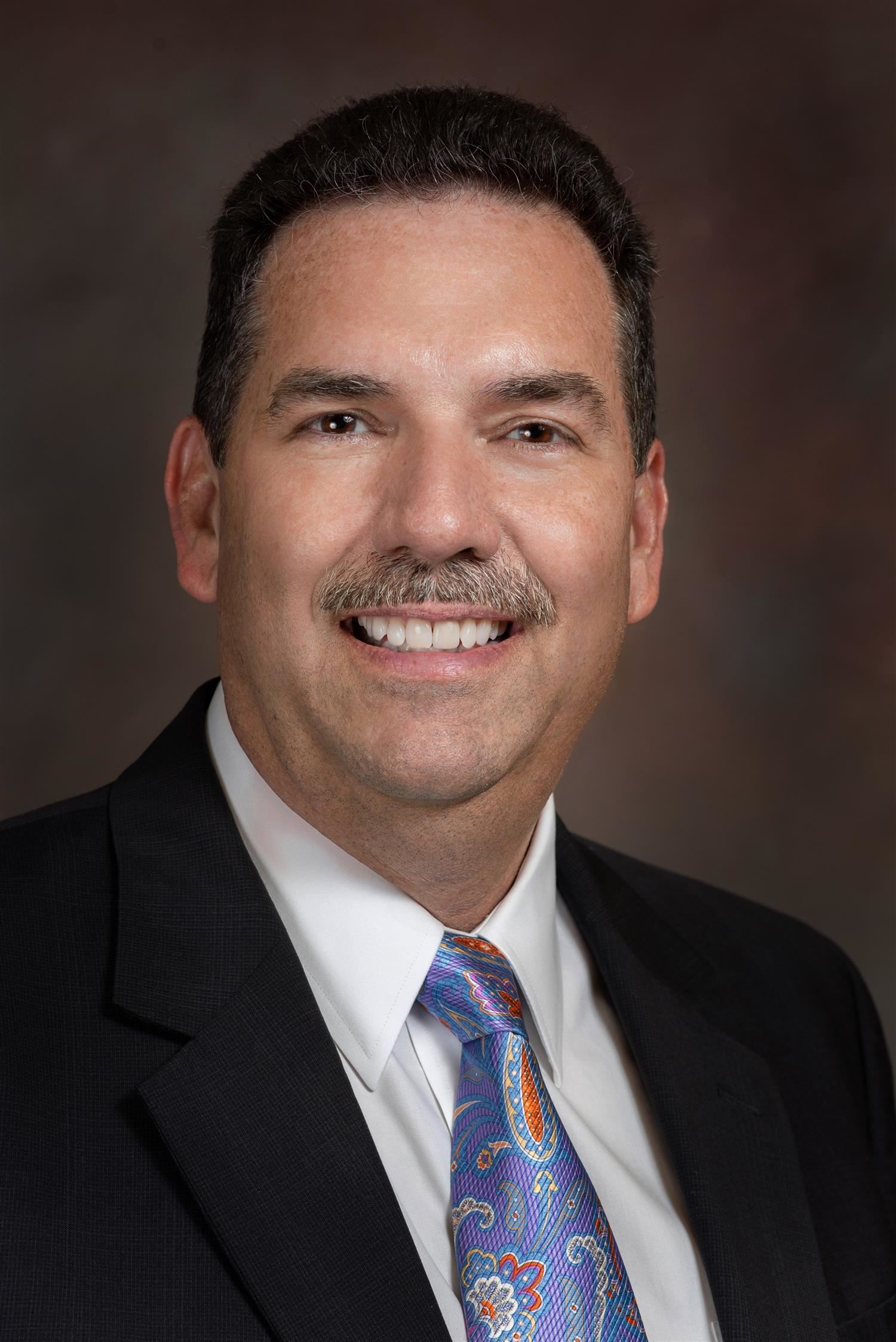
School buildings across the country are quiet, but a school’s role in local communities has never been more apparent.
Take Ector County, Texas, where I am superintendent, as just one example. In a matter of days, our teachers moved classes online to ensure that 34,000 students could continue learning. Each week, they’re producing hours of engaging video content as part of a daily remote learning television show that airs on local stations. Teachers have provided timely two-way communication with all students, and our principals are monitoring daily instruction online.
It’s been amazing, and not surprising, to see how our educators responded to the coronavirus pandemic. Like superintendents around the country, I am honored to work alongside our education heroes.
Read: Updated: 300 free K-12 resources during coronavirus pandemic
Addressing the ‘COVID slide’
Our greatest challenge regarding student learning lies ahead. The emergency shift has revealed what’s at stake with a prolonged disruption to student learning caused by COVID-19. A report from NWEA projected staggering learning losses for students returning as early as this fall.
Learning loss is not a new problem, but the “COVID slide” estimates that students in mathematics are especially at risk, losing enough skills that they could fall nearly a full grade level behind where they normally would be.
To reopen schools as they were before, to revert back to a century-old school model, would do little to help those students with the biggest learning gaps
So as we look toward reopening schools, now is the time to think differently. It’s not just a moment to consider what it will take to address an unprecedented learning loss crisis over the next couple of years. It’s an opportunity for laying a policy foundation to enable schools to meet every student where they are and provide them with individualized learning experiences to ensure they’re able to thrive in college and in their careers.
Because to reopen schools as they were before, to revert back to a century-old school model, would do little to help those students with the biggest learning gaps.
Read: How to combat the ‘COVID slide’ when schools reopen
Moving beyond one-size-fits-all
Even in ideal circumstances, the one-size-fits-all school model that has operated our nation’s school systems for more than a century has failed to adequately confront the summer slide. Decades of learning data have told us that students lose a significant amount of the knowledge they learned the previous school year. At the start of each school year, students advance to a new grade level as though they’ve retained everything from the spring and are ready to resume learning brand new skills.
This applies to all subjects, but unfinished learning in math is especially problematic because it is cumulative, as reflected in NWEA’s projections. As students’ unfinished learning accumulates over time, they will fall even further behind, making it harder to catch up.
Read: CDC releases more extensive safety guidelines for schools
Designing custom learning pathways
There are some ways that policies could help ease the burden for teachers, students and parents. As documented in “The Iceberg Problem,” a report published last year by New Classrooms Innovation Partners, many federal and state policies that govern our schools—on everything from accountability to assessment to content and curriculum—were designed to improve outcomes within the grade-based operating model. The inadvertent impact of these policies may be that they’ve undermined our ability to understand and address each student’s unique learning needs.
“The Iceberg Problem” offers a policy recommendation that we have embraced in Texas: the use of Math Innovation Zones that gives schools and districts extra flexibility so that they can design custom learning pathways for each student. This solution is particularly relevant now, because we know that every single student will have experienced widely different learning trajectories over these months when schools have been closed. And these approaches are still grounded in college and career readiness, but flexible in how students might get there.
There are no simple ways to fix the unprecedented challenges ahead. Budget cuts and attending to COVID-19’s social and emotional toll are among the things that are top of mind for district leaders as they prepare to reopen. But as we prepare to welcome back students, there are innovative ways in which we can keep the focus not on getting back to the old way of doing things, but on what students need.
Scott Muri is superintendent of Ector County ISD in Texas.
DA’s coronavirus page offers complete coverage of the impacts on K-12.

